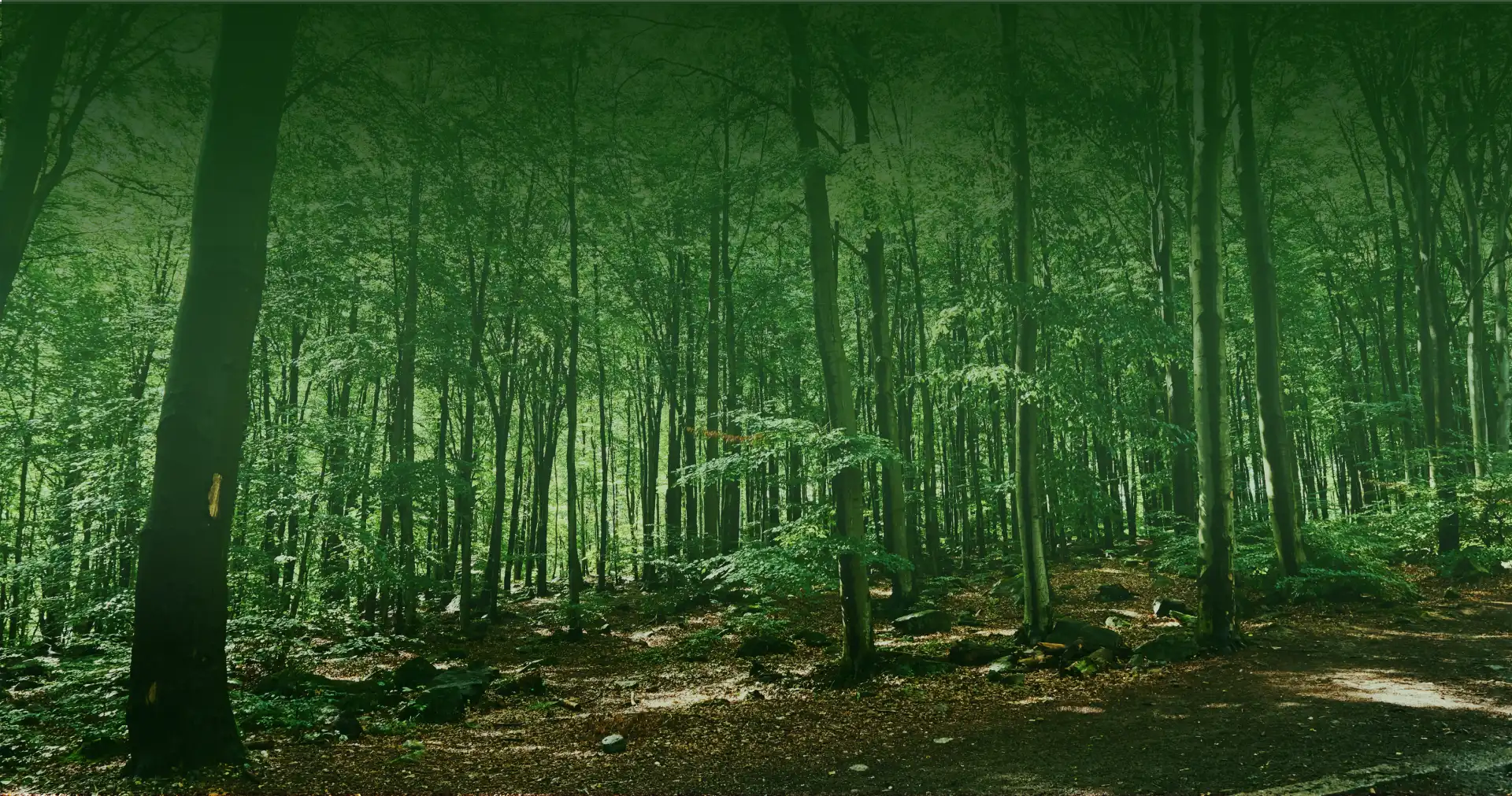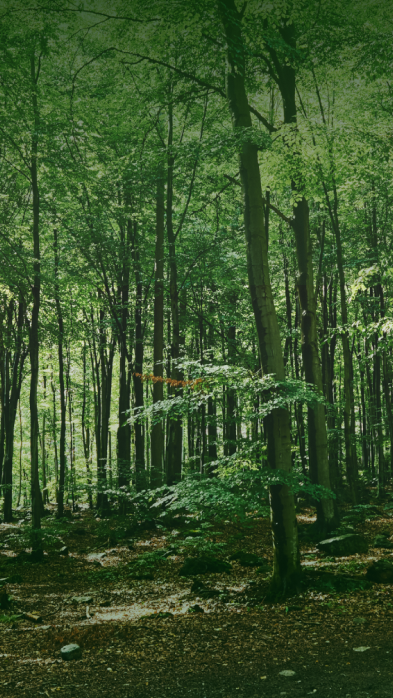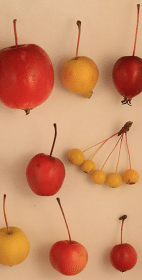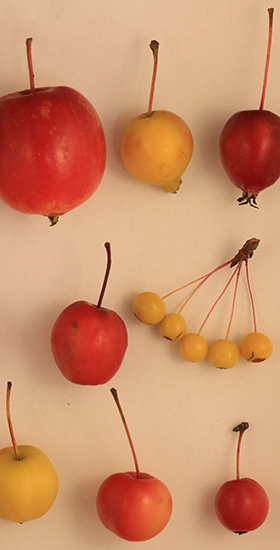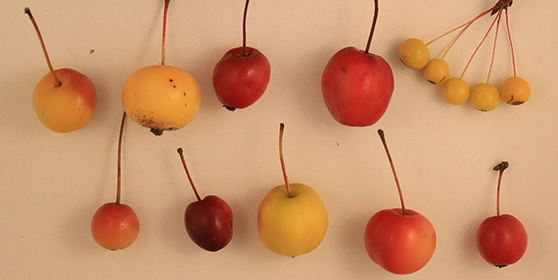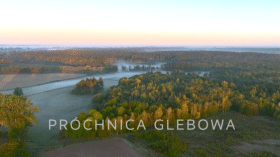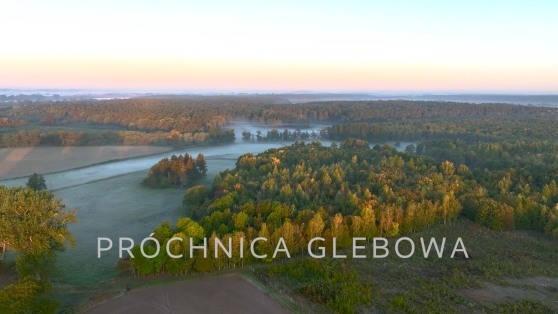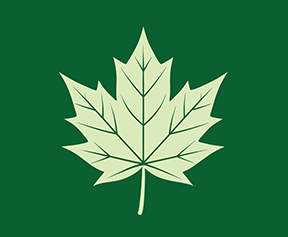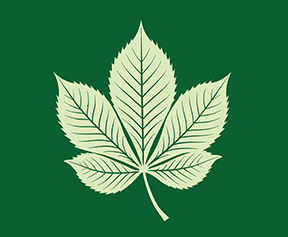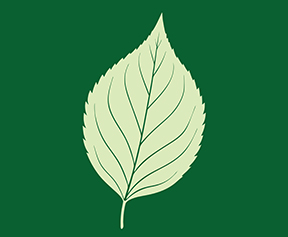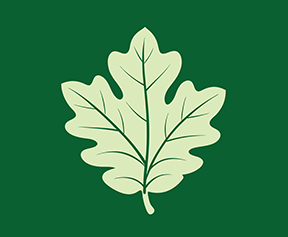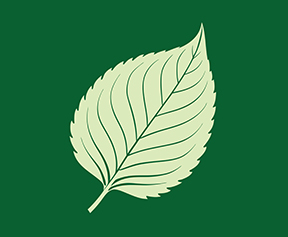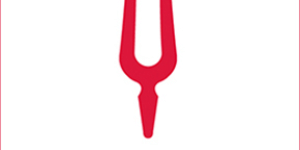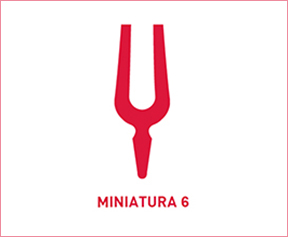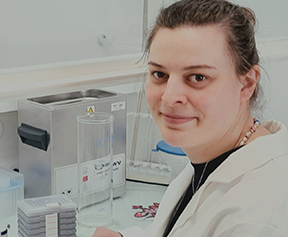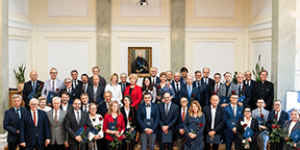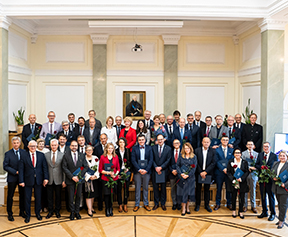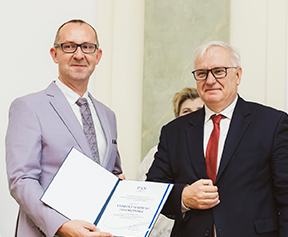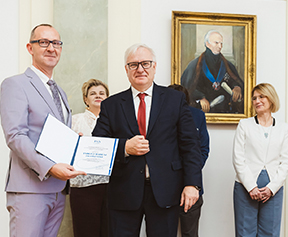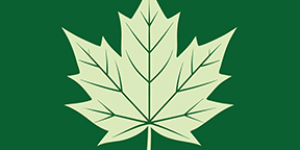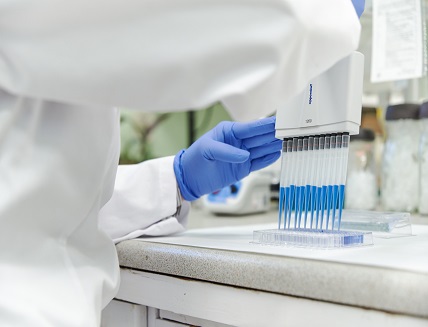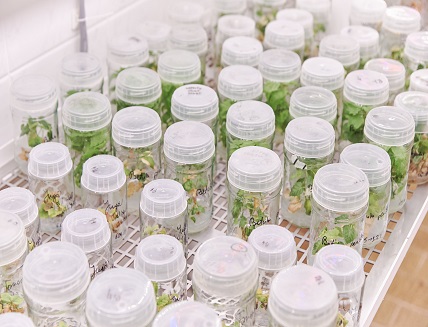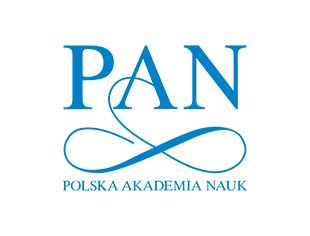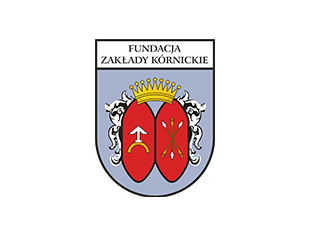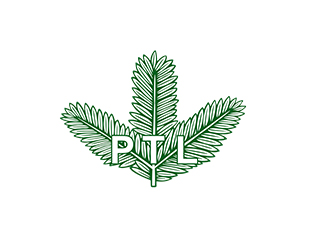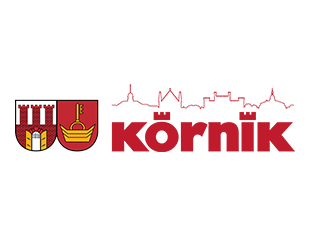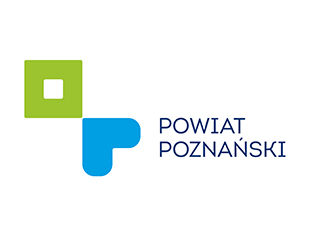Abstract:
Popular in the urban environment is the horse chestnut, Aesculus hippocastanum which is suffering mainly due to the feeding of the horse chestnut leaf miner (Cameraria ohridella). The harmfulness of this pest is well recognized. Not much attention was put in discovering the interaction of this insect with the fungal pathogen Guignardia aesuli, the agent of leaf blotch. Host plant mediation in this particular insect-plant pathogen interaction is crucial for understanding the complexity of the horse chestnut’s current and future situation. Recognising the response of the host plant for separated and simultaneous colonisation by insect and fungus was the aim of this study. Leaf damage dynamics and phenolic compounds content (total soluble phenolic compounds – TPh, and condensed tannins – CT), and stem volume increment (SVI) of the horse chestnut saplings was considered and their relationship identified. The main hypothesis was that insect feeding and fungal infection when separated elicit a similar pattern in defence response of the host but this defence response is different when they both coexist on the same plant. Basing on crown projection area photographs sequence, foliage damage dynamics was assessed (Richard’s growth model) and protocol developed. Measurements of stem volume were performed sequentially to indicate potential growth response. Through this study, it was identified that the content of phenolic compounds in leaves was higher when both pests colonized saplings in comparison with those where saplings were infested by one biotic factor. It is also documented that foliage damage dynamics was higher when only the fungal pathogen attacked plants than when it was infected by both pests. A trade-off was identified between growth and secondary metabolism. Leaf damage affected stem volume increment only in the late summer, when a high level of defoliation was observed. Simultaneous infestation by fungal and insect agents made unfavourable conditions rather for the former. How this interaction affects the latter is not covered by our results and still remains undiscovered.
Keywords: plant growth, foliage damage, leaf blotch, leaf miner, plant defence









